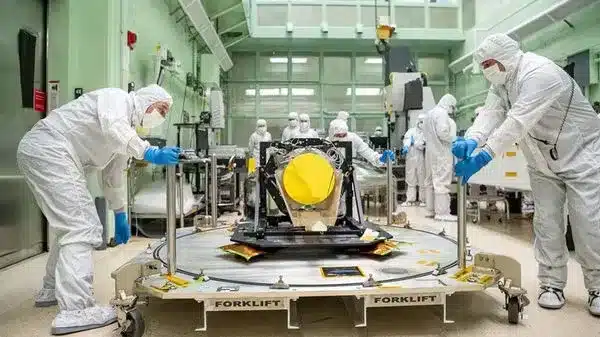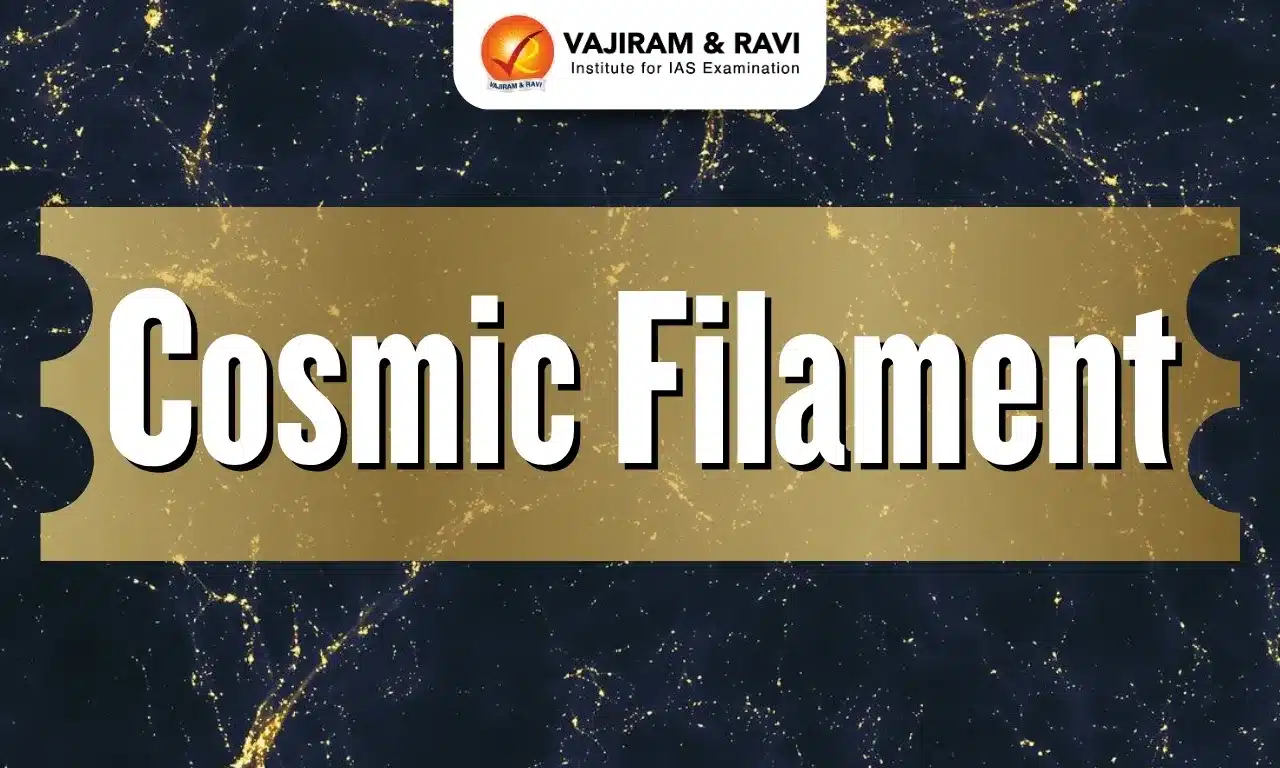About LISA Mission:
- The Laser Interferometer Space Antenna (Lisa) mission is a collaborative effort between Nasa and the European Space Agency (ESA) set to launch in the mid-2030s.
- The main objective of the mission is to detect and study gravitational waves by putting three spacecrafts into the Earth’s orbit and positioning them in a triangular format with 1.6 million miles on each side.
- It will be the “first gravitational wave detector in space” and will “explore the fundamental nature of gravity and black holes”. It will also probe the rate of expansion of the Universe.
- All three spacecraft will have two telescopes each. The LISA mission will use lasers to detect gravitational waves.
- The LISA mission will comprise three spacecraft. These three spacecraft will fly in a triangular formation behind the Earth as our planet orbits the Sun.
- The spacecraft will sit in a heliocentric orbit, about 50 million km from Earth, with a distance of around 2.5 million km between each spacecraft.
- LISA will detect ripples in spacetime through subtle changes in the distances between free-floating cubes nestled within each spacecraft.
- Changes in the relative distances between these golden cubes will be tracked with extreme accuracy using laser interferometry.
Q1: What are Gravitational waves?
Gravitational waves are distortions in spacetime caused by energetic events involving dense objects with strong gravitational fields. They were first predicted by Albert Einstein’s theory of general relativity. They are weak and interact minimally with matter, allowing them to penetrate cosmic distances undistorted and leaving pristine signatures on source dynamics and local spacetime structure.
News: Nasa reveals first look at six telescopes tasked with detecting gravitational waves
Last updated on November, 2025
→ Check out the latest UPSC Syllabus 2026 here.
→ Join Vajiram & Ravi’s Interview Guidance Programme for expert help to crack your final UPSC stage.
→ UPSC Mains Result 2025 is now out.
→ UPSC Notification 2026 is scheduled to be released on January 14, 2026.
→ UPSC Calendar 2026 is released on 15th May, 2025.
→ The UPSC Vacancy 2025 were released 1129, out of which 979 were for UPSC CSE and remaining 150 are for UPSC IFoS.
→ UPSC Prelims 2026 will be conducted on 24th May, 2026 & UPSC Mains 2026 will be conducted on 21st August 2026.
→ The UPSC Selection Process is of 3 stages-Prelims, Mains and Interview.
→ UPSC Result 2024 is released with latest UPSC Marksheet 2024. Check Now!
→ UPSC Prelims Result 2025 is out now for the CSE held on 25 May 2025.
→ UPSC Toppers List 2024 is released now. Shakti Dubey is UPSC AIR 1 2024 Topper.
→ UPSC Prelims Question Paper 2025 and Unofficial Prelims Answer Key 2025 are available now.
→ UPSC Mains Question Paper 2025 is out for Essay, GS 1, 2, 3 & GS 4.
→ UPSC Mains Indian Language Question Paper 2025 is now out.
→ UPSC Mains Optional Question Paper 2025 is now out.
→ Also check Best IAS Coaching in Delhi

















